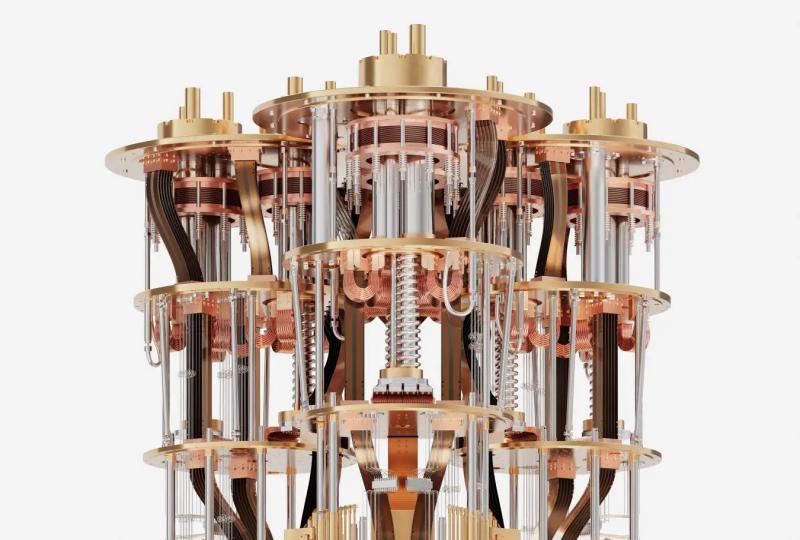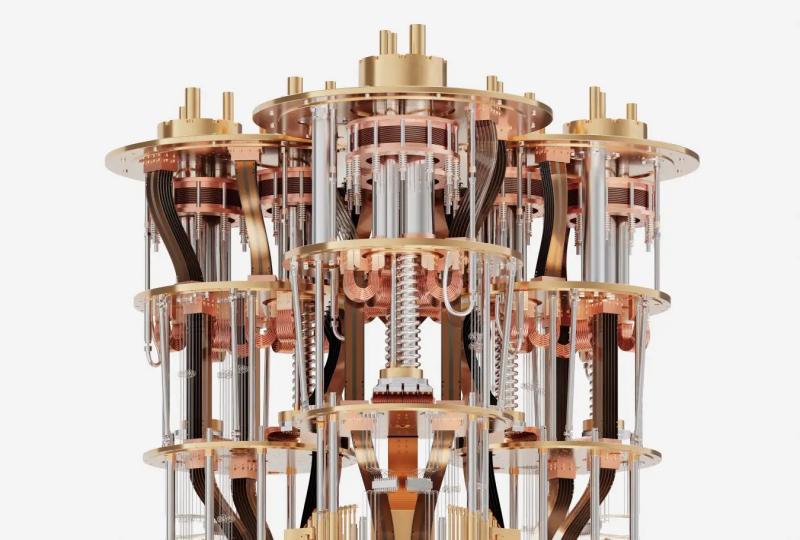Qubit Control: Precision Manipulation of Quantum States
2025.07.22 · Blog Qubit Control
What Is Qubit Control?
Qubit control refers to the precise steering of a qubit’s quantum state—typically through engineered electromagnetic signals—to execute quantum logic operations. For superconducting qubits, like transmons or fluxonium, this control is achieved using carefully shaped microwave or flux pulses that rotate the qubit's state vector on the Bloch sphere with high accuracy
Why Qubit Control Matters
-
High-Fidelity Quantum Gates: Gate speed and precision directly impact how well quantum error correction can work.
-
Combatting Decoherence: Faster, more accurate gates reduce errors due to environmental noise
-
Scalability: Large quantum systems require control schemes that are robust, resource-efficient, and scalable .
Control Methods Used in Practice
a. Resonant Pulse Control
Long-established method: apply microwave pulses at the qubit’s resonant frequency to drive Rabi oscillations—control pulse amplitude, length, and phase dictates rotation direction and angle on the Bloch sphere
b. Pulse Shaping & Engineering
Use of square vs. Gaussian pulses to minimize coherent errors. Optimization of pulse shapes boosts fidelity, as seen in recent superconducting qubit studies
c. Phase-Modulated Pulses
Modulating pulse phase enhances robustness to amplitude and detuning errors—Aalto University’s work showed over 20% robustness improvement via this method
d. Dynamical Decoupling
Sequences like CPMG protect qubit coherence during idle times, effectively canceling environmental noise
e. Feedback & Closed-Loop Control
Real-time monitoring and feedback can adjust control parameters on-the-fly. One experiment improved coherence by 26% using closed-loop feedback
f. Flux-Based Control
Baseband flux pulses combined with an always-on microwave drive allow control with fewer hardware resources—critical for scaling up systems
g. Digital SFQ-Based Control
Employing Single Flux Quantum (SFQ) pulse drivers at cryogenic temperatures can co-locate control electronics with qubits. Early versions achieved ~95% gate fidelity
Advanced & Emerging Control Schemes
-
Heterogeneous Architectures: Combining low-frequency qubits (e.g., fluxonium or 0–π qubits) with faster transmons, requiring new control protocols
-
Optical Control Pathways: Hybrid microwave-optical transduction enables control of superconducting qubits via optical links, opening new avenues for quantum networks
-
FPGA & QubiC Systems: Berkeley Lab’s QubiC 2.0 uses real-time electronics for robust, scalable control and benchmarking
-
Performance Milestones
-
99.998% single-qubit fidelity achieved with fluxonium at MIT by addressing counter-rotating pulse errors
-
99.92% two-qubit gate fidelity demonstrated previously
-
Closed-loop feedback reduced error rates from ~8.5×10⁻⁴ to 5.9×10⁻⁴
Challenges & Future Directions
-
Counter‑rotating Errors: Ultra-fast gates risk introducing back-action errors .
-
Resource Efficiency: Scaling control electronics while respecting cryogenic constraints remains an engineering barrier .
-
Complex Multi‑Qubit Systems: Crosstalk and calibration overhead grow with scale—modular systems like QubiC help mitigate this
The Road Ahead
-
Integrating control electronics with qubit chips (cryogenic AWGs, SFQ logic).
-
Exploring hybrid control modalities, including optical and flux-driven systems.
-
Applying optimal control theory and machine learning to optimize pulse sequences and reduce error accumulation.
-
Achieving hardware-efficient scaling, with reduced complexity per qubit and smarter calibration protocols.
Conclusion
Precise qubit control is the linchpin of functional quantum processors. From shaping microwave pulses to feedback-based stabilization and integrated cryogenic control electronics, these techniques are rapidly evolving. As fidelity and scalability improve, the promise of fault-tolerant quantum computing comes closer to reality.
Featured Content






